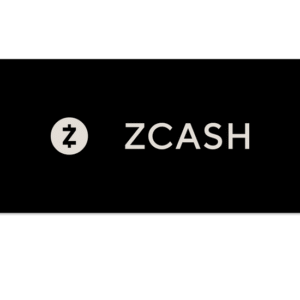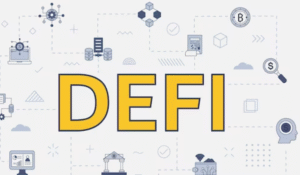$CARD $BILT #Cardless #Fintech #CryptoNews #Investment #CreditCards #SeriesC #SparkCapital #DigitalPayments #InnovativeFinance #Blockchain
How Could Cardless’s New $60M Investment Revolutionize Your Credit Card Experience?
In a significant development highlighted in the latest coinbase news, Cardless has successfully closed a $60 million Series C funding round, with Spark Capital leading the investment. This substantial influx of capital positions Cardless to innovate within the credit card industry, allowing companies to create and manage their own branded credit cards seamlessly.
Cardless operates under the premise that businesses should have more control over their financial offerings. By empowering companies to design their own credit cards, Cardless is not only enhancing customer engagement but also unlocking new revenue streams. This approach is poised to disrupt traditional banking models, which have long dominated the credit card landscape.
Strategic Partnerships Driving Growth
The recent funding round has been further fueled by strategic partnerships with industry giants like Coinbase and Bilt. These alliances provide Cardless with enhanced visibility and credibility in the marketplace, making it easier to attract businesses looking to launch custom credit solutions. The integration of cryptocurrency platforms such as Coinbase into Cardless’s framework could also streamline transactions, offering customers more flexibility in how they engage with their funds.
As financial technology continues to evolve, the demand for personalized financial products is rising. Traditional credit card companies often offer limited options, leading to customer dissatisfaction. In contrast, Cardless is setting a new standard by allowing brands to tailor credit cards to their specific audience’s needs and preferences.
The Future of Credit Cards
With the $60 million investment, Cardless aims to expand its infrastructure, improve its technological capabilities, and enhance user experience. This funding will enable the company to invest in advanced analytics and AI-driven insights, ensuring businesses can make data-driven decisions regarding their credit offerings.
Moreover, as digital payments become increasingly prevalent, the integration of features like mobile wallets and easy online applications will be critical. Cardless is likely to focus on these areas, ensuring that its platform remains competitive in a rapidly shifting financial landscape.
What This Means for Consumers and Businesses
For consumers, the implications of this investment are profound. Businesses can offer tailored rewards and benefits that resonate with their target market, enhancing loyalty and increasing customer satisfaction. Customers will appreciate the personalized experience that Cardless facilitates, making their financial transactions more aligned with their lifestyles.
For businesses, the ability to launch a branded credit card means tapping into a new revenue stream through transaction fees and interest income. This can significantly enhance profitability while also increasing brand visibility. By leveraging the power of partnerships with firms like Coinbase, Cardless is set to provide businesses with innovative financial solutions that were previously inaccessible.
As the credit card industry undergoes transformation, Cardless stands at the forefront of this evolution. Companies interested in exploring these new opportunities should keep a close eye on Cardless’s developments.
For those looking to stay informed about the latest in crypto, visit our section on crypto news. Additionally, for insights into trading and investing, explore Binance’s offerings.
In conclusion, Cardless’s impressive funding round and its strategic partnerships position it as a key player in redefining the credit card experience. By leveraging technological advancements and customer-centric solutions, Cardless is paving the way for a more innovative financial future. As this story develops, it will be fascinating to see how Cardless transforms the credit card landscape and influences consumer behavior.











Comments are closed.